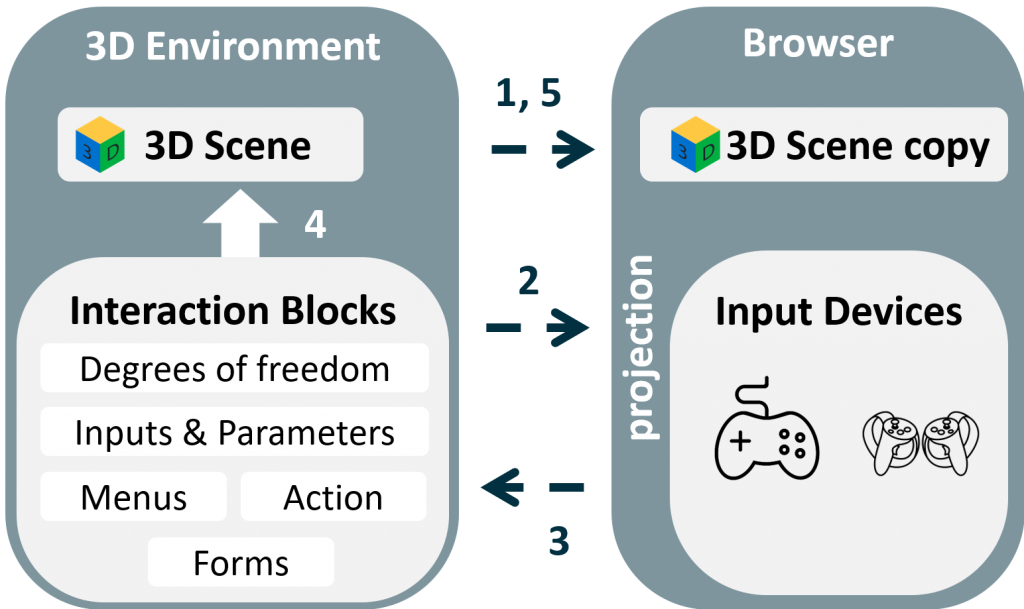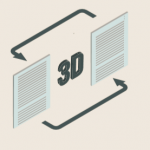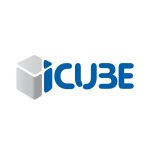uMI3D Concept
A Web protocol dedicated to cross-devices collaboration.
UMI3D is a web protocol that enables the creation of 3D media in which users of any AR/VR device can collaborate in real time. The 3D media is created once and hosted on a server or on a local computer. Any AR/VR device can display and interact with it remotely thanks to a dedicated UMI3D browser.

UMI3D, relies on an interaction-based device abstraction layer.
It allows remote 3D media to describe its possible interactions with a finite and
limited set of objects.
Each UMI3D browser supervises the loading/synchronization of 3D content, as well as the dynamic generation of an adapted to the device user interface, allowing its user to perform the described interactions.
The main difference with existing cross-platform development standards such as WebVR or OpenXR is UMI3D's interaction-based device abstraction layer. These standards are limiting the designer to the usage of devices' common features. UMI3D enables to use all of the device's features to perform the interaction received.
uMI3D Focus

Web
Protocol
UMI3D is a Web exchange protocol that allows any AR/VR device to access interactive 3D Media locally or remotely.

Designed
for collaboration
UMI3D's main objective is to make collaborative 3D media easier to create and to access.

Make the most of device complementarity
Thanks to an interaction-based device abstraction layer, UMI3D allows to take a better advantage of the devices' specificities.
Origin
In September 2016, Inetum (Gfi changed its name to Inetum in 2021) and the IGG team from the ICube laboratory at the University of Strasbourg launched the UMI3D project. Initially, their goal was to simplify collaboration between multiple and potentially asymmetric devices in augmented and virtual realities, and enable the design of collaborative applications without prior knowledge of user devices.



